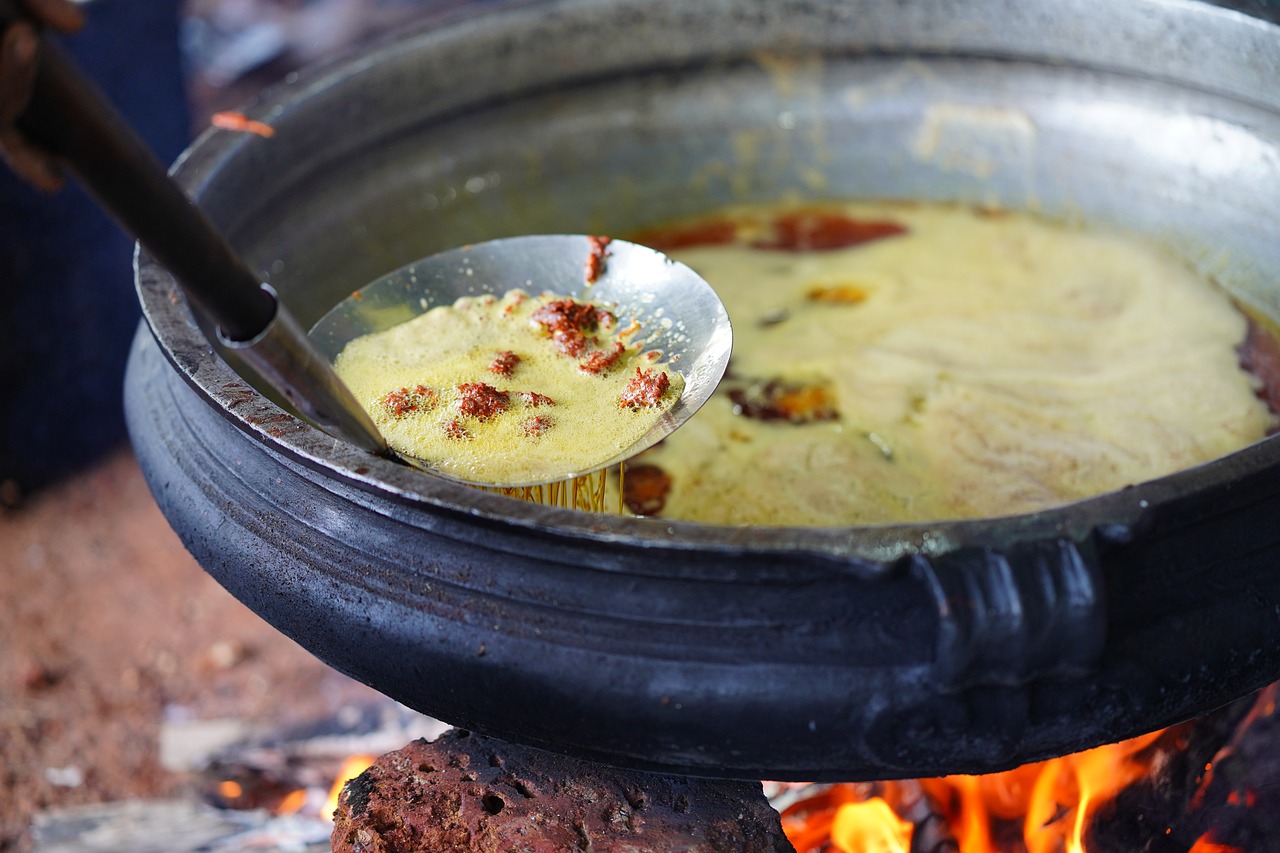Gender Representation in Political Elections
Throughout history, women have faced numerous barriers when participating in politics. In many societies, women were traditionally expected to prioritize domestic duties over public engagement, limiting their opportunities to enter the political realm. As a result, women’s political representation has been significantly lower compared to men for much of history.
Despite these challenges, there have been groundbreaking moments that have propelled women into political leadership roles. For instance, the suffragette movements in the late 19th and early 20th centuries fought tirelessly for women’s right to vote, ultimately leading to significant advancements in women’s political participation globally. These pivotal moments in history have paved the way for more women to enter the political arena and advocate for gender equality and social change.
Challenges Faced by Female Candidates
Running for political office can be a daunting task for many candidates, but female candidates often face unique challenges that their male counterparts may not encounter. Female candidates frequently have to navigate societal biases and stereotypes that can impact how they are perceived by voters. These biases can manifest in various ways, such as doubts about their leadership abilities or concerns about their prioritization of family over their political career.
Moreover, female candidates often experience increased scrutiny and criticism compared to male candidates. Their appearance, personal life, and even their tone of voice can be heavily scrutinized by the media and the public. This heightened level of scrutiny can make it difficult for female candidates to focus on their policy platforms and campaign messages, as they may find themselves constantly having to defend or explain themselves on a personal level rather than on their qualifications and political positions.
What is the history of women in politics?
Women have been involved in politics for centuries, but have often faced discrimination and barriers to entry. It wasn’t until the late 19th and early 20th centuries that women began to gain the right to vote and hold political office in many countries.
What are some of the challenges faced by female candidates?
Female candidates often face obstacles such as gender bias, sexist attitudes, lack of support from political parties, and difficulty raising campaign funds. They may also be subjected to scrutiny of their personal lives and appearance in ways that male candidates are not.
How have female candidates worked to overcome these challenges?
Female candidates have worked to build strong networks of support, develop their own fundraising strategies, and push back against gender stereotypes in order to overcome the challenges they face in politics. Many have also advocated for policies that promote gender equality and support women in leadership roles.
What can be done to support female candidates in overcoming these challenges?
To support female candidates, we can work to address structural barriers to women’s participation in politics, provide mentorship and training programs, and challenge sexist attitudes and biases in the political sphere. It’s also important for voters to consider the qualifications and platforms of female candidates just as they would male candidates.





